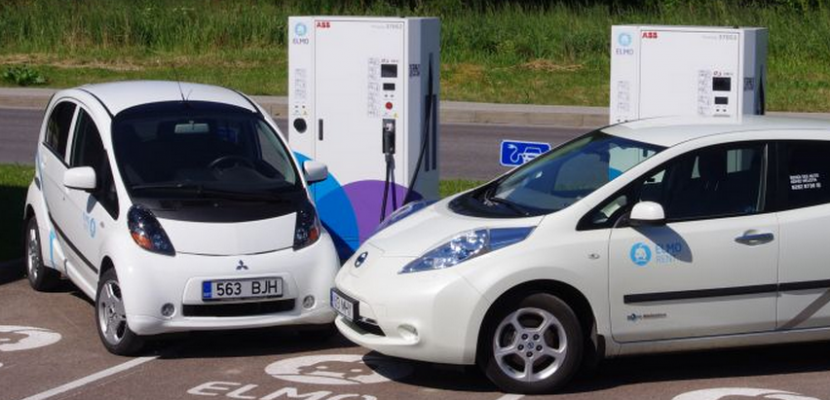
Estonian e-mobility programme (ELMO)

About this good practice
In 2011 Estonia launched an ambitious, nationwide e-mobility program to promote the use of electric vehicles (EVs) in the country. The initiative included several steps such as promoting economic incetives for citizens to purchase EVs; promoting EV car sharing; equipping public workers (especially in rural areas) with EVs, and dissemination and awareness raising campaigns. The main ambition of the project was to decrease GHG emissions from the transport sector in the country ,increasing the share of renewables up to 10% while achieving better city environment, energy efficiency and fuel independence.
Beyond all the aforementioned steps, there was a clear need to develop an adequate charging infrastructure, in order to secure the project’s success. To fulfil these needs, in March 2011, the ELMO project established an innovative countrywide network of quick-chargers – the first of its kind in the world: 165 CHAdeMO-standard fast chargers.
The ELMO program is a key long-term tool to promote and maintain the adoption of EVs in the country. It was financed by a CO2 emission trade agreement between the Estonian government and Japan’s Mitsubishi Corporation under the Kyoto Protocol, the total budget for the nationwide infrastructure development and 5-year maintenance was approximately € 12m.
Resources needed
Total of € 77m. Approximately € 12m dedicated to the charging infrastructure. Governmental funds and CO2 emission trade agreement between the Estonian government and Japan’s Mitsubishi Corporation under the Kyoto Protocol.
Evidence of success
A network of 165 CHAdeMO chargers was installed throughout the country. Charging points were distributed in dense traffic roads, towns over 5000 inhabitants The distance between charging stations is between 40 -60 km. The network use increased from 1000 uses in Feb. 2013 to 11000 uses per month during 2015. In 2015, the system was used by 1100 regular drivers. 507 Mitsubishi i-MiEV electric cars purchased by the government to social at over 200 Estonian municipalities.
Potential for learning or transfer
Several awareness raising campaigns associated to the project were held. An analysis and guideline was prepared within the project, reflecting on the lessons learned and challenges encountered.
Good practice owner
You can contact the good practice owner below for more detailed information.